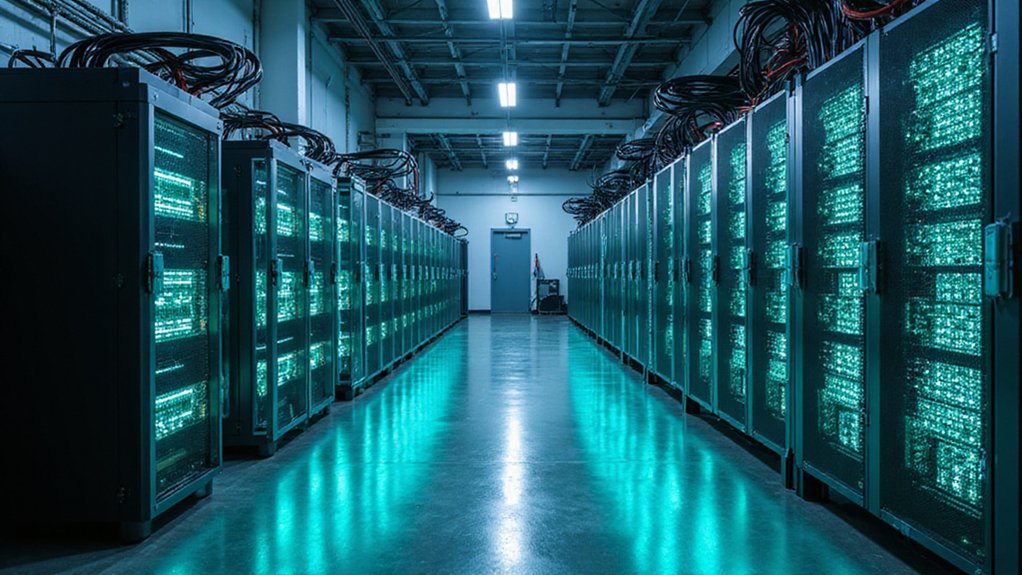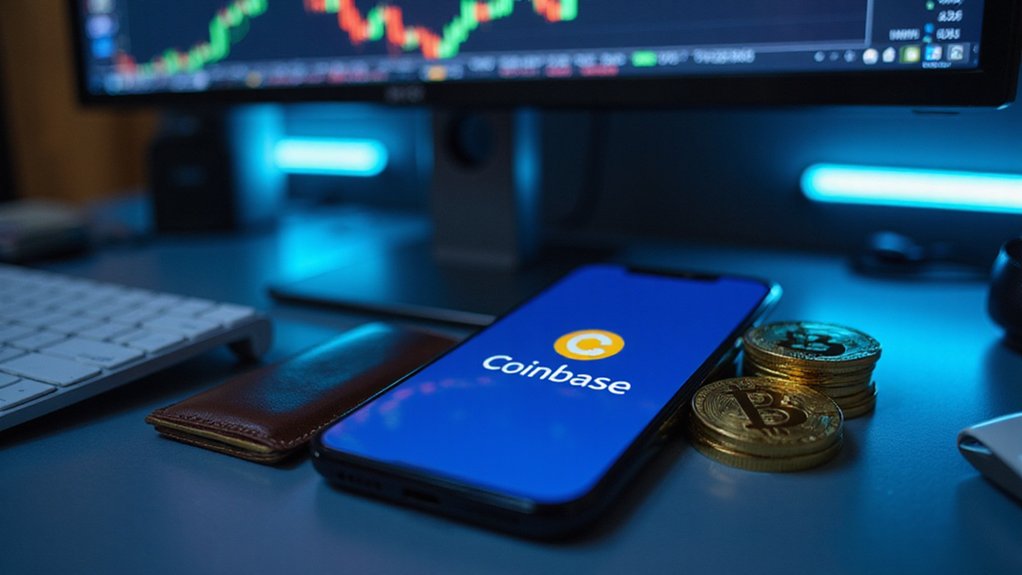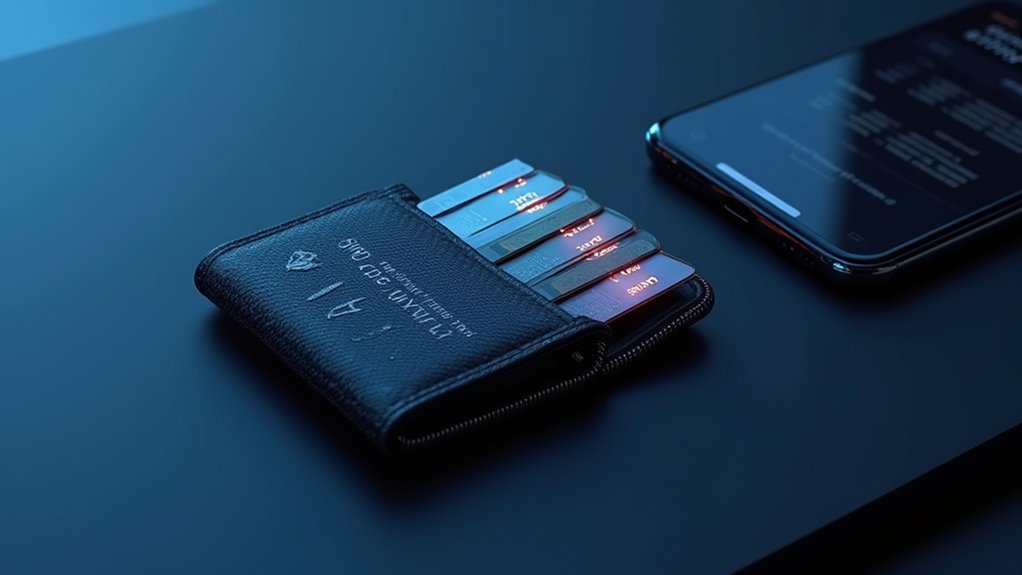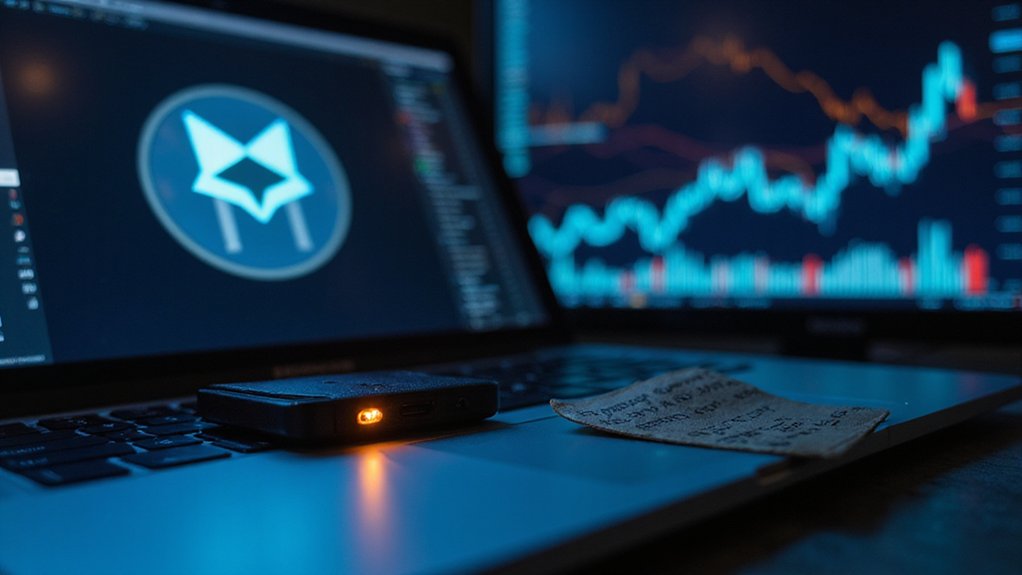Cryptocurrency mining transforms electricity into digital assets through a competitive computational process. Miners deploy specialized hardware (ASICs) to solve cryptographic puzzles, validating transactions and maintaining blockchain integrity while earning newly minted coins as rewards. Once the domain of hobbyists with basic computers, mining has evolved into an industrial-scale operation where success hinges on hardware efficiency, electricity costs, and network difficulty adjustments. The economic calculus grows increasingly complex as block rewards diminish and environmental concerns intensify.
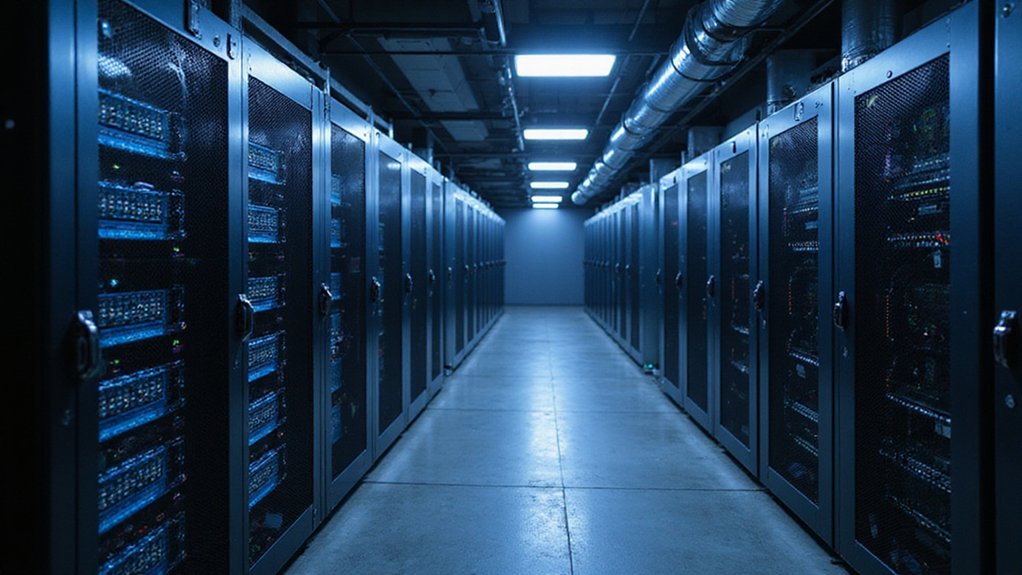
The digital gold rush of the 21st century—cryptocurrency mining—represents one of the most peculiar intersections of advanced cryptography, distributed computing, and speculative economics ever to emerge from the technological frontier. At its core, mining serves as the validation mechanism that maintains blockchain integrity, employing Proof-of-Work protocols that require miners to solve complex cryptographic puzzles through sheer computational force. The first to crack these mathematical conundrums earns the right to add a new block to the chain, releasing fresh coins into circulation (not unlike extracting precious metals from the earth, albeit with silicon and electricity rather than pickaxes and dynamite).
The technical process involves bundling pending transactions, hashing them through SHA-256 algorithms, and repeatedly altering a “nonce” value until producing a hash below the network-determined difficulty target—a needle-in-a-haystack endeavor requiring trillions of attempts per second. What began as a hobbyist pursuit using standard CPUs has evolved into an industrial-scale operation dominated by purpose-built Application-Specific Integrated Circuits (ASICs) that render general-purpose computing hardware obsolete almost immediately upon release. This competitive process results in a new block being added to the blockchain every 10 minutes in networks like Bitcoin.
Given the astronomical odds against solo miners, most participants now join mining pools, combining their computational resources to increase block-solving probability while dividing rewards proportionally to contributed hashing power. Miners must commit substantial investment in specialized hardware and ongoing electricity costs before they can expect any return on their mining efforts. For Bitcoin specifically, approximately 900 new coins are generated daily through this process, with miners validating roughly 144 blocks per day.
The economics of this enterprise balance precariously on multiple variables: hardware efficiency, electricity costs (often the determining factor between profitability and loss), network difficulty adjustments, and the market’s capricious valuation of the mined coins.
The environmental footprint of this digital excavation has become increasingly problematic, with Bitcoin mining alone consuming electricity at national scales—a reality that has prompted exploration of alternatives like Proof-of-Stake consensus mechanisms.
Meanwhile, the economics of mining continue to evolve, with block rewards halving periodically (approximately every four years for Bitcoin) and transaction fees assuming greater importance in miner compensation. As regulatory scrutiny intensifies and energy concerns mount, cryptocurrency mining stands at a crossroads—a tribute to both human ingenuity and our penchant for converting electricity into speculative assets.
Frequently Asked Questions
How Much Electricity Does Cryptocurrency Mining Consume?
Cryptocurrency mining devours an astonishing amount of electricity—Bitcoin alone consuming between 91-172 TWh annually (comparable to entire nations like Finland).
The global crypto mining footprint reaches approximately 110 TWh, representing 0.4% of worldwide electricity demand.
While over half of operations claim to utilize renewable sources, the energy intensity remains staggering; a single Bitcoin transaction requires roughly 1,277 kWh—equivalent to powering 859,000+ Visa transactions.
Can Mining Damage My Computer Hardware?
Cryptocurrency mining can indeed damage computer hardware.
The constant 24/7 workload subjects components—particularly GPUs—to extreme stress, generating excessive heat that accelerates wear.
Personal computers typically lack adequate cooling for mining’s intensive demands, potentially leading to premature component failure.
Overclocking practices, while boosting performance, further compound these risks.
The electrical demands may also strain power supplies, while dust accumulation in inadequately maintained systems creates additional hazards for overheating and electrical bridging.
What’s the Most Profitable Cryptocurrency to Mine Today?
Profitability in cryptocurrency mining shifts constantly, with Bitcoin requiring substantial ASIC investments and Ethereum’s shift to proof-of-stake rendering it unmineble.
Currently, Ravencoin (RVN) and Ethereum Classic (ETC) offer reasonable returns for GPU miners, while CPU enthusiasts might consider Monero (XMR).
The calculus depends critically on one’s hardware specifications, electricity costs, and risk tolerance—a profitable coin today might become tomorrow’s digital relic as difficulty adjustments perpetually recalibrate the risk-reward equation.
Is Solo Mining or Pool Mining Better for Beginners?
Pool mining decisively outperforms solo mining for cryptocurrency novices.
The consistent income stream (however modest) eliminates the psychological rollercoaster of potentially months-long dry spells that solo miners endure.
Beginners benefit from pools’ reduced technical barriers, communal troubleshooting resources, and markedly lower hardware requirements—critical advantages while learning the ropes.
Solo mining, with its infrastructural demands and statistical improbability of success for small-scale operators, represents a financial martyrdom few newcomers should voluntarily embrace.
Are ASIC Miners Worth the Investment Compared to GPUS?
ASICs typically offer superior ROI for dedicated cryptocurrency mining—their hash-to-power ratio simply outclasses GPUs in single-algorithm applications.
However, their worth hinges on several variables: market volatility, electricity costs, and one’s appetite for obsolescence risk.
GPUs, while less efficient, hedge against algorithmic changes and retain value beyond mining.
The calculus is straightforward: ASICs for committed miners with stable conditions, GPUs for those valuing flexibility and resale potential.
